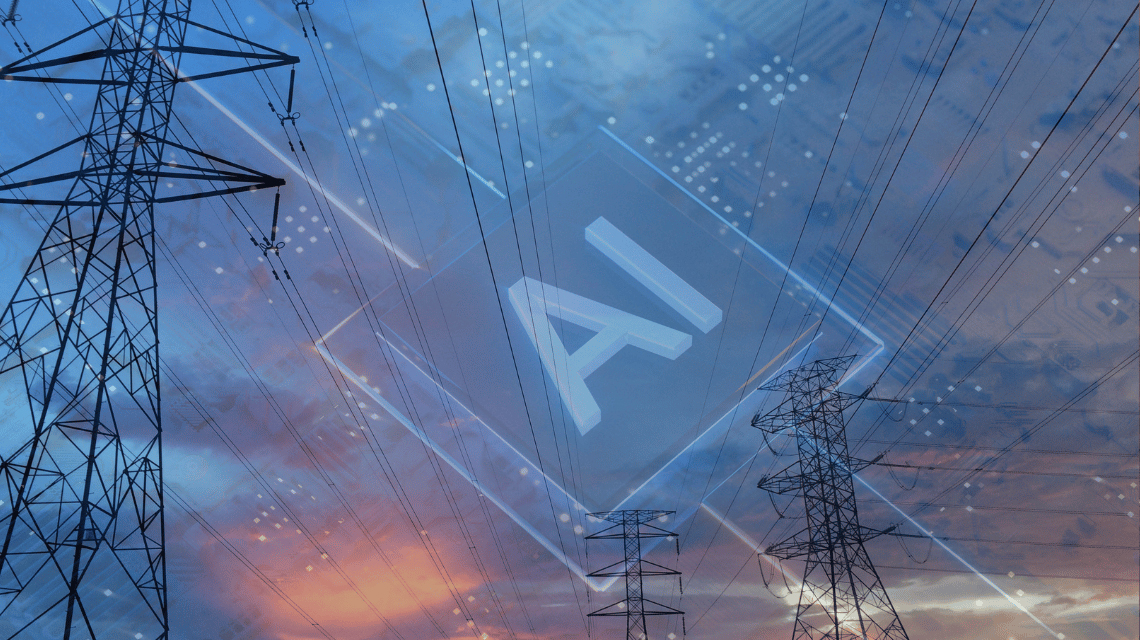Italian National Agency for New Technologies, Energy and Sustainable Economic Development

Energy: ENEA, artificial intelligence to avoid power outages due to heat waves
A team of researchers from ENEA, Bari Polytechnic and Roma Tre University has designed an AI-based solution to prevent possible power outages caused by heat waves. Developed as part of the RAFAEL[1] project, funded by the Ministry of University and Research, this innovative approach based on machine learning techniques was tested on a large electricity distribution network in Southern Italy and its outcomes were published in the scientific journal IEEE Transactions on Industry Applications.
“Energy distribution infrastructures are particularly vulnerable to natural disasters and extreme weather events like heat waves[2], especially in large urban areas. This is why it is important to identify new network monitoring and management solutions to predict possible failures, like data analysis and machine learning techniques that we use in our innovative approach", explained Maria Valenti, head of the ENEA Smart Energy Grids and Networks and co-author of the article together with Mauro Atrigna, Amedeo Buonanno, Raffaele Carli, Graziana Cavone, Paolo Scarabaggio, Mariagrazia Dotoli and Giorgio Graditi. "Having the ability to predict malfunctions - said Valenti - potentially enables the grid operator to implement corrective actions aimed at minimizing service disruptions".
In a first phase, the team 'trained' the algorithm on data relating to failures occurred between 2015 and 2020 in a large electricity grid in the South, weather conditions (temperature and humidity) and energy flows, to identify possible correlations. In the next phase, the researchers tested the system for the analysis of a series of input data (not seen during the training phase). Among the algorithms tested, one in particular gave the most accurate results in terms of forecasting future failures of the electricity grid studied on a base of meteorological conditions and energy needs.
“Climate change has made heat waves more likely to occurr, with a trend projected to worsen in the coming years under enhanced global warming. The intensity and duration of these phenomena are causing an increasing number of electrical grid failures, especially in urban areas, with a negative impact on maintenance costs, services and people's lives in general", pointed out Valenti.
Urban distribution grids are subject to greater load stress, due to the increase in the demand for electricity concentrated particularly in the hottest time of the day, due to a greater use of air conditioning. During the day, in fact, air temperature often exceeds 40 °C and even during night hours it remains above the historical average. “Our studies have shown that most of the failures occurred at the level of the cable joints and that, therefore, these elements suffer most from heat waves. This result is useful to operators and manufacturers of electronic components to conduct more targeted analyses to obtain more resilient networks", adds Valenti.
In recent years the attention to safety, reliability and resilience of critical infrastructures has increased, particularly the power network, an extremely complex and interconnected system in which failure of a component can cause massive disruption to the entire system. For example, preparation for extreme weather events is done both at an operational level with continuous maintenance that allows to maintain the network efficient and at a more 'strategic' level through a post-event analysis to identify the areas most at risk, i.e. those with the highest possibility of being damaged during heat waves, without performing a prevention role.
"Thanks to the proposed approach, on the other hand, the network manager will be able to use our 'trained' failure forecasting model to perform corrective actions on the distribution network and avoid damage to the infrastructure and disruptions for citizens and businesses, in particular between May and September, when most of the failures caused by high temperatures and heat waves occurr”, concluded Valenti.
Notes
[1] “RAFAEL– system for Risk Analysis and Forecast for critical infrastructure in the ApenninEs dorsaL regions” is a project funded by the MUR (PNR 2015-2020, D.D. n. 1735/Ric of 13 July 2017, Area of Specialization: Smart Secure & Inclusive Communities ) with the contribution of the ENEA Smart Grid and Energy Networks Laboratory, coordinated by Eng. Maria Valenti, and the Decision and Control Laboratory of the Polytechnic of Bari, coordinated by Prof. Mariagrazia Dotoli, together with other academic and business partners.
[2] Heat waves are periods of prolonged surface temperatures above the seasonal average. However, there is still no universally accepted definition of a heat wave. The World Meteorological Organization defines these events as five or more consecutive days during which the maximum daily temperature exceeds the average maximum temperature by 5°C or more. In the past, these phenomena occurred in areas with a hot and dry climate. However, due to climate change, today they are becoming quite common even in temperate zones.
